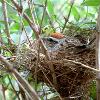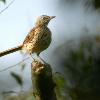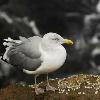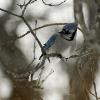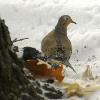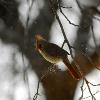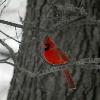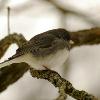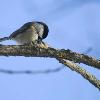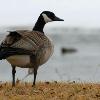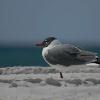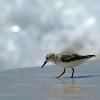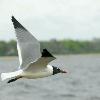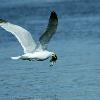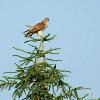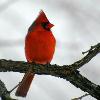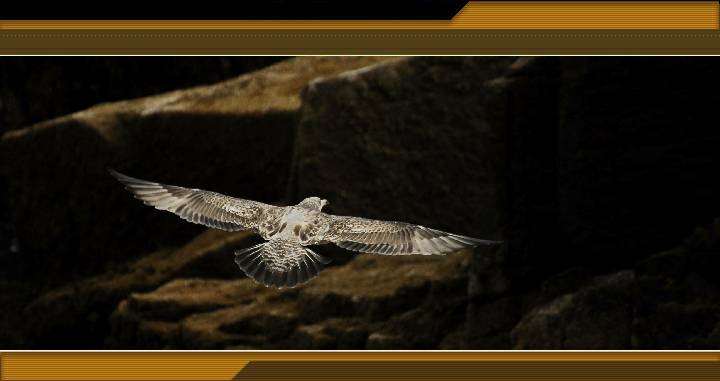
Birds
There are over 13,000 bird species in the world, with about 925 residing
in Canada and the United States. Several amazing bird facts are:
Heaviest and tallest bird: ostrich at maximum 345 lb and 9 ft
Greatest wingspan: wandering albatross at up to 11 ft 11 in
Fastest-moving bird: diving peregrine falcon at 117 mph
Fastest flapping flight. white-throated needle-tailed swift at 106 mph
Fastest level-flight. red-breasted merganser at 100 mph
Greatest number of feathers: whistling swan at 25,216
Lowest number of feathers: ruby-throated hummingbird at 940
Fastest wingbeat: hummingbirds at 90/sec
Slowest wingbeat: vultures at 1/sec
Longest two-way migration: Arctic tern at 25,000 miles
Most aerial bird: sooty terns at 3 to 10 years without landing
Fastest running bird: ostrich at 60 mph
Fastest running flying bird: greater roadrunner at 26 mph
Deepest dive for non-flying bird: emperor penguin at 1,772 ft
Greatest weight-carrying capacity: bald eagle lifting a 15 lb mule deer
Highest tree nest: marbled murrelet at 148 ft
From: www.trails.com/arts/amazing-bird-records.aspx
Those that deny the existence of God declare that birds evolved from reptiles.
Complex feathers formed from scales over millions of years.
This belief is adhered to with religious ferocity although the
fossil record and common sense does not support this blind faith.
The truth of Scripture will set one free from this lie. It declares that birds are part of
God's creation, brought forth on the fifth day of creation.
Then God said, “Let birds fly above the earth in the open expanse of the heavens."
God created...every winged bird after its kind; and God saw that it was good.
God blessed them, saying, "Be fruitful and multiply, and let birds multiply on the earth." (Genesis 1:20-22)
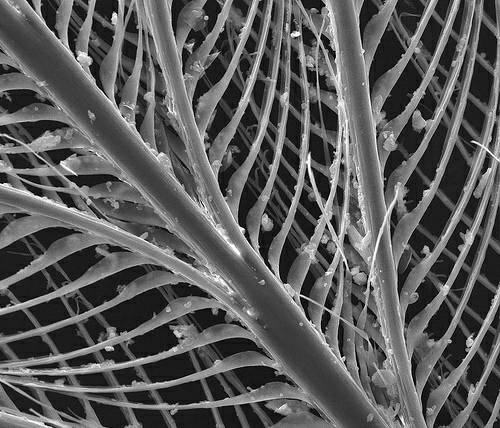
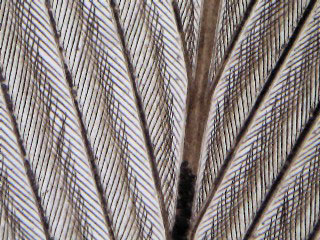
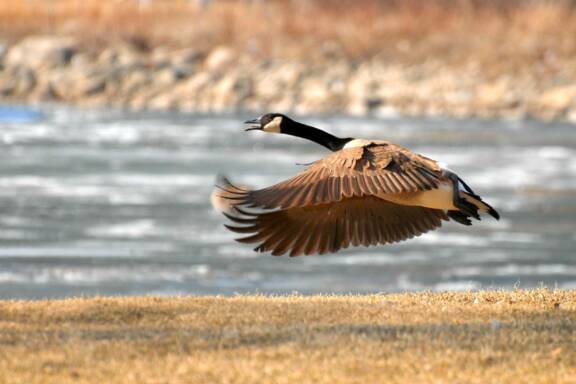
The anatomy of birds is very complex.
The principle of flight is excellently described
by Dr. Andy McIntosh:
"Bird flight in particular is remarkable; consider feathers. If you look at a feather under a microscope, you see the main stem, with barbs coming out to the left and right, and from these you have left-and right-handed barbules. Now the interesting bit is that the left-handed ones have hooks, and the right-handed ones have ridges. The feather is made such that if you bend it, everything bends with it, and yet it’s a very light structure. So the hooks catch the ridges and they slide over the ridges—it’s a mechanical engineer’s dream to have such useful, lightweight engineering. But if you have a sliding joint, you need lubrication. To do this the bird twists its neck around 180º and dips its beak into a tiny oil gland right down at the back of its spine. It then preens itself, wiping this oil
all over its feathers, so that they join together nicely, and these sliding joints are oiled. That’s a marvellous bit of engineering."
- “Flying High”, An interview with Dr. Andy McIntosh, answersingenesis.org
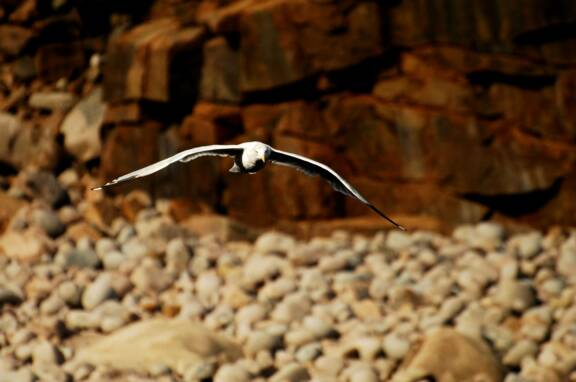
Renewing The Mind
